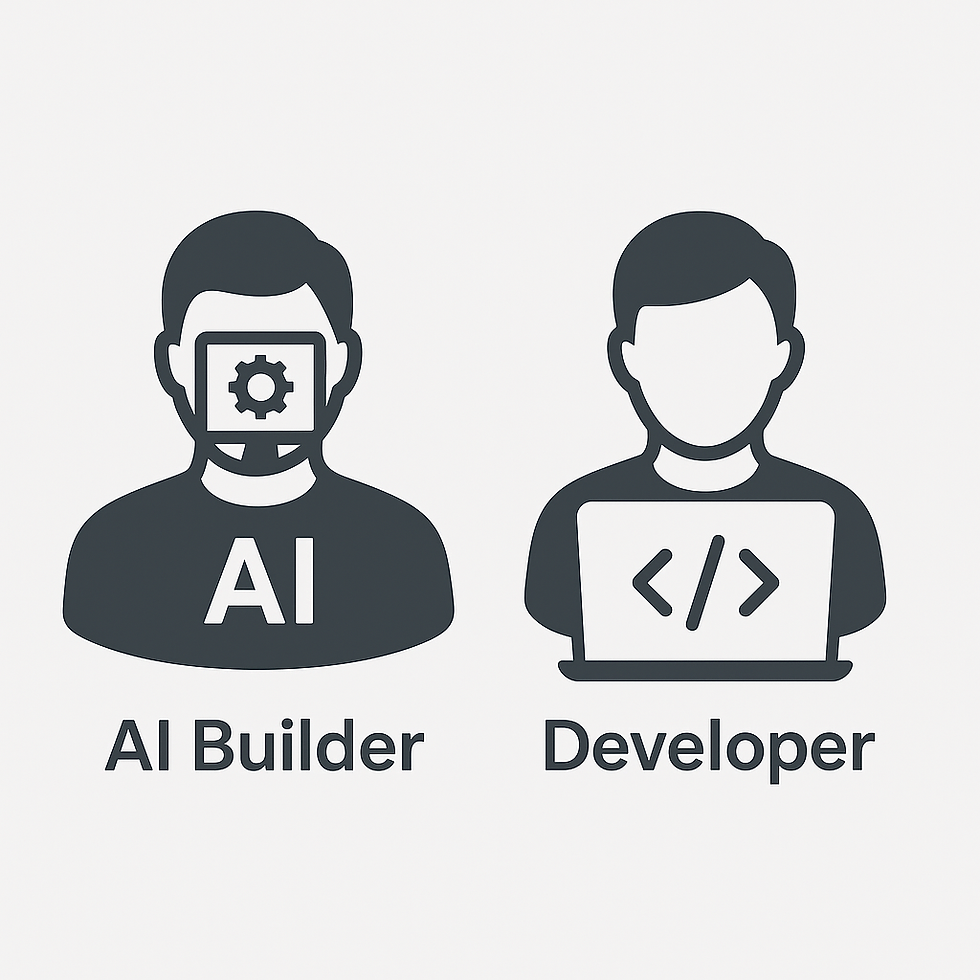Removing Your Ego From Product Development
- Darren Cody

- Oct 16, 2022
- 3 min read

What Does Ego Look Like In Product Development?
Ego is a shapeshifter in the professional workplace and it usually should be deflated as much as possible in all cases, specifically when it comes to creating an online marketplace platform. If the Decision Maker or Stakeholders are putting their Ego before the welfare of the to-be or current Users of your marketplace, without a doubt you will end up building some features that they want instead of solving problems your Users have with workflows.
When you're ego-driven, you are making decisions that start with "I feel...", "I want...", "I think...". The problem should be painfully evident in retrospect but perhaps not as much at the moment because you are being blinded by your own ambitions and experiences. This is usually a problem when the decision maker is coming from the situation or industry you're solving for.
When we created a rent-anything marketplace, all of the decision-makers came from an extensive traditional rental background, meaning Event Rentals, Equipment Rentals, etc holding positions from Owner & Operator, Warehouse Manager, to Sales Representative. We thought we knew exactly what we needed to build and could pinpoint the exact problems to solve for. Now, we are not saying this experience is not extremely valuable in Product Development, we are suggesting based on our experience that it does not replace proper Product Discovery.
We had many, many meetings where we would all start a statement with the examples above, "I think that our Users will need a complex settings area to handle the logistics of pickup and return of the asset.". With this example, you can imagine that for a rental marketplace, the logistics portion of the marketplace could be extremely simple, or incomprehensible. Take Craigslist, it simply connects Demand to Supply, and it leaves the Users to sort out the logistics on their own as opposed to Amazon, which handles the complexity of the transaction on the backend with its own set of operations. There are many routes we could've taken but simply polling potential Users with the question about how much pain their experience on either end of the scale and why that is, could've at least been the leading indicator for how intricate the solution was we developed.
What Does Egoless Product Development Look Like?
The primary purpose of removing your ego when creating a marketplace is to ensure you become more compassionate and empathetic to your potential community. This in turn will have you facing the real problems that your community faces and the true purpose of inventing your marketplace platform.
For a decision-maker to leave his or her ego at the door when entering a Product Meeting will look very different than what you're used to if you've experienced the opposite. For instance, say we look at the Product Manager, they are typically responsible for defining the marketplace roadmap, and what solutions to implement Now, Next, and Later. To determine this, the PM requires a number of inputs that are usually evidence-based or data-driven. They undoubtedly put themselves into the shoes of the end-user or the Target Persona to uncover the User's journey in that marketplace workflow and ask questions that start why "WHY...?".
Question: "Why does the User need to enter their hours of operation every day of the week?"
Answer: "To let the system know when they are available for pickup/dropoff to tell the Demand User.".
Question: "Why are they required to do each individual day instead of in groups to help save clicks and time spent?"
Answer: "We wanted to be as accurate as possible and are not worried about how many clicks it takes."
Question: "How many people did you test this on and what were the responses?"
Potential Solution: "How about we group the settings by {Days of the week} and {Weekends} so that the User only has to configure two settings instead of seven. Let's draft a survey to see what they'd prefer."
In this use case, the Product Manager of the Marketplace is inquiring about both the User's potential pain and also the business requirements to see if there is a happy medium. They are not justifying their proposed solution with their own personal experiences, instead, they emphasized with the Users to see the workflow from their perspective and asked if there is evidence to support this idea. More importantly, they aren't making a demand that this is the only solution, they are making it a group conscious, a vote that will be determined by the aforementioned survey.
This is why Marketplace Studio has molded a 13-Step process to develop a marketplace. This process is a hybrid approach encompassing Design Thinking, Storytelling, and Insight-Driven Decision Making. It allows the process facilitators to remove themselves from the potential solution and solely focus on what the Users want in an effective and efficient manner.






Comments